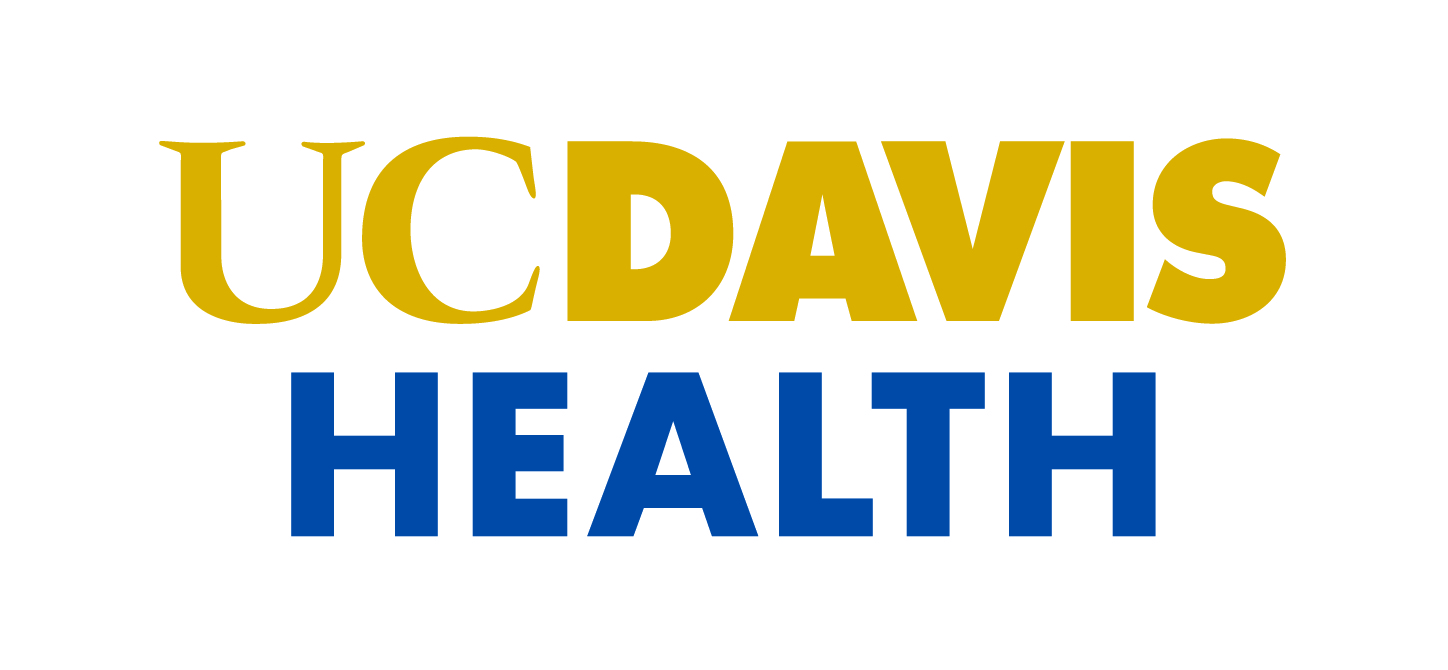Newswise — (SACRAMENTO, Calif.) — More and more states in the U.S. are legalizing recreational cannabis, leading to concerns that teen use will increase. Tobacco consumption among high school students, including vaping and e-cigarettes, is a concerning 12.6%, although trending downward.
Researchers at UC Davis were interested in learning how the combined use of these two products — cannabis and tobacco — might impact high school students in California.
In a new study published in The Journal of Pediatrics, they found high school students who use both tobacco and cannabis products miss more school and have lower grades compared to students who don't use either product or who use the products individually (tobacco or cannabis) but don't combine them.
“Substance use is a main predictor of educational outcomes, including absenteeism,” said Melanie Dove, an assistant adjunct professor in the Department of Public Health Sciences and first author of the paper. “These results highlight the need for comprehensive efforts to prevent and reduce substance use from both cannabis and tobacco products among youth.”
California survey reveals students’ tobacco and cannabis use
The researchers analyzed data from the 2021-22 California Healthy Kids Survey. The anonymous, confidential survey administered by the California Department of Education asks questions about wellness, resiliency, school climate and safety. The study reviewed responses from 287,653 high school students in ninth and 11th grade.
The researchers found that among high school students in California:
- 3.7% use tobacco and cannabis
- 3.7% use cannabis only
- 1.7% use tobacco only
Students who used both tobacco and cannabis reported the highest percentage of absenteeism. On average, they missed three days of school in the past month — almost one and a half more days of absenteeism than teens who didn’t use both products.
Students who co-used tobacco and cannabis were also more likely to have lower grades than students who did not use either product.
Using an 8-point scale with an 8 representing mostly A’s and 1 representing F’s, they found the average grade for students who did not use cannabis or tobacco was 6.24, or mostly B’s.
By comparison, average grades for students who used both cannabis and tobacco were about half a grade lower, at 5.08 or mostly B- and C’s.
Students who used either cannabis or tobacco, but not both, also had slightly lower grades than nonusers: students who only used tobacco had an average grade of 5.61 (mostly B’s), and students who only used cannabis had an average grade of 5.54 (mostly B’s).
Harmful effects on student health
The U.S. Surgeon General released a report describing the health risks of e-cigarettes on youth and young adults. It explains how habits formed in youth, when the brain is still developing and learning, can result in teens getting addicted more easily.
“We know that using tobacco and cannabis puts young people at risk for longer-term addiction, behavioral issues and respiratory health problems,” said Elisa Tong, a co-author of the study. Tong is a physician at UC Davis Health and director of the Tobacco Cessation Policy Research Center. “For young people who are not current users but are exposed to use by others, the aerosol from these products is not harmless, and contains potentially harmful chemicals, heavy metals and fine particulates," Tong said.
Schools and parents can help prevent tobacco use
The researchers noted some limitations of their study. The survey is not representative of all high school students in California. Students who were absent on the day of the survey were not included. Another limitation is that the data is based on students’ self-reported responses; even though the survey was anonymous, students may feel uncomfortable sharing their actual substance use or absence patterns and may have underreported them.
Another consideration is that the percentage of California high school students who report using any tobacco product is 6.6%, according to the 2022 California Youth Tobacco Survey. This percentage is well below the national average (12.6%) and may reflect California’s rigorous anti-smoking campaigns and the adoption of non-smoking public spaces dating back to the mid-1990s.
“While certain school factors — like peer pressure — can contribute to teen tobacco and cannabis use, schools also play a critical role in prevention, especially in partnership with families,” said Kevin Gee, a professor at the UC Davis School of Education and senior author of the paper. “One important tool available to California’s schools is the Tobacco Use Prevention Education program that, when strategically invested in intervention and cessation activities, has shown promise in reducing tobacco use among teens.”
Resources
Journal Link: The Journal of Pediatrics Volume 268, May 2024
